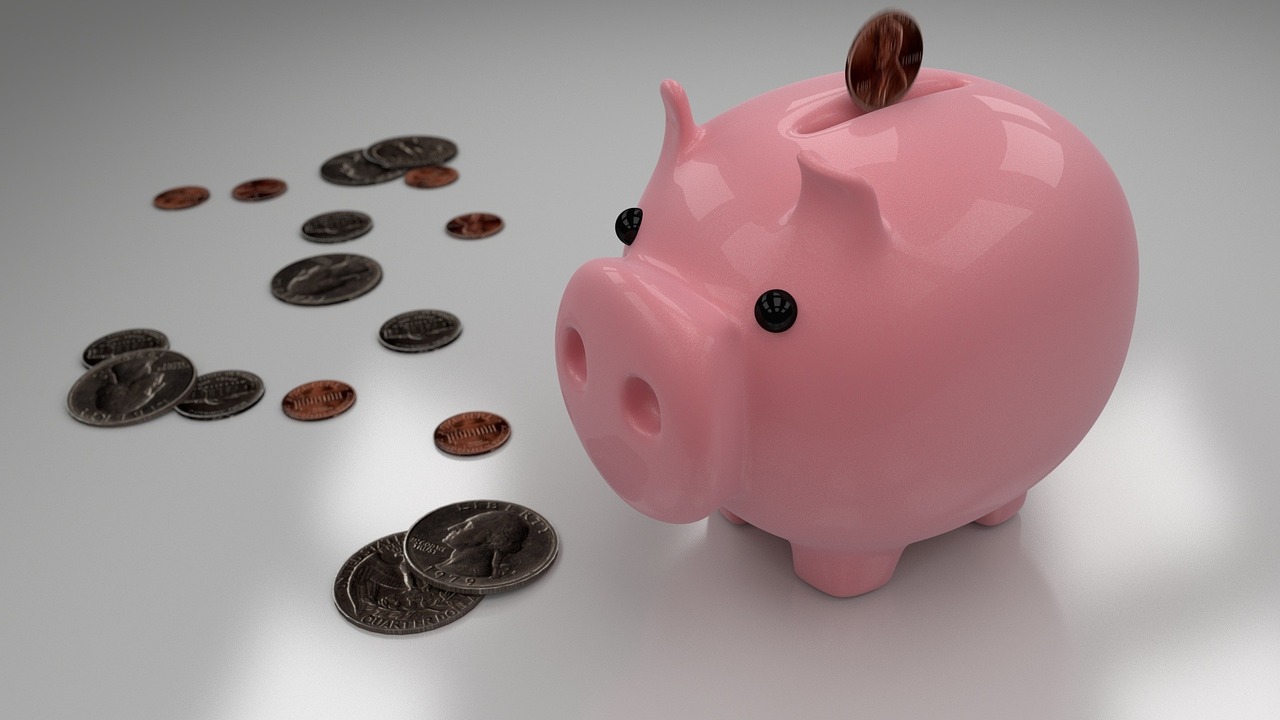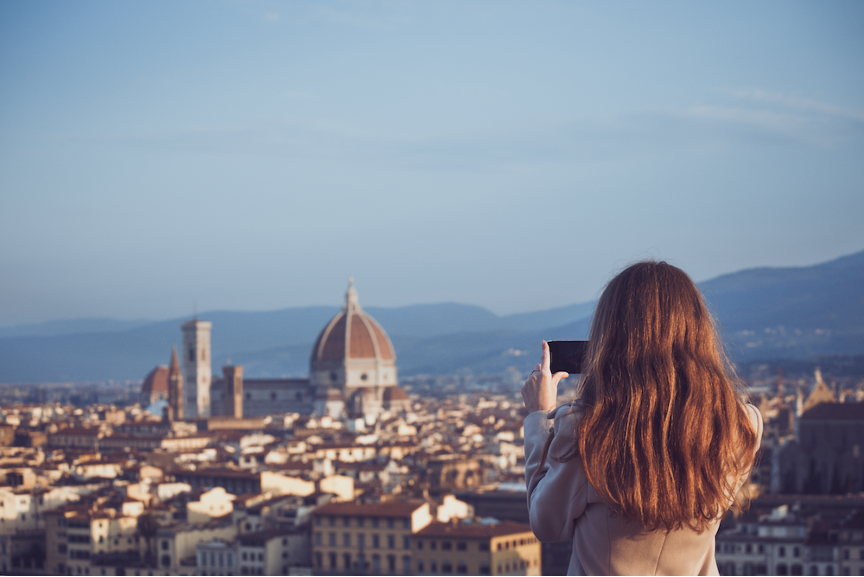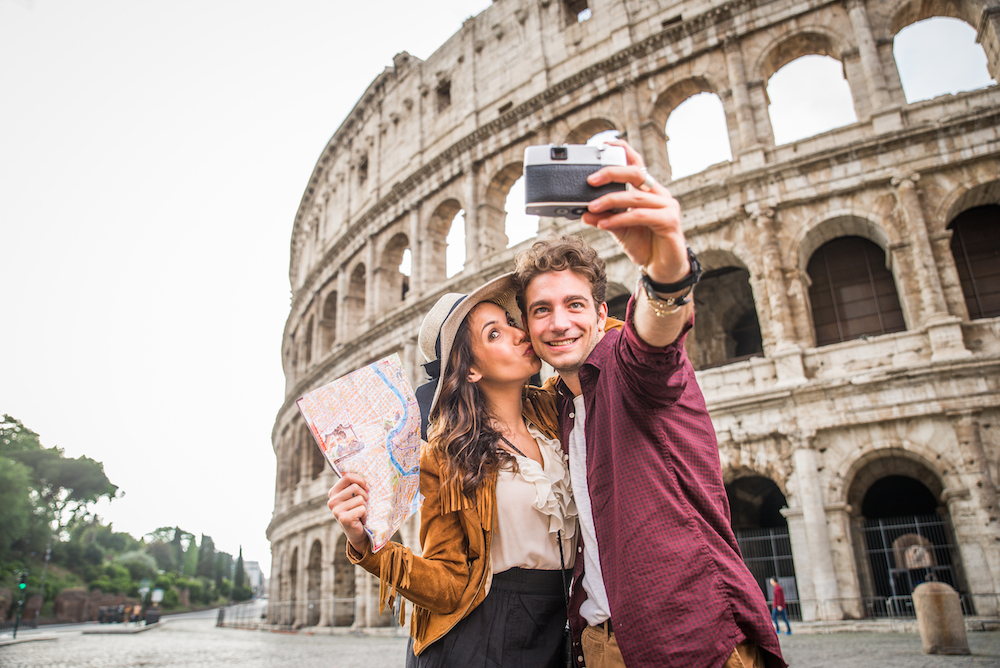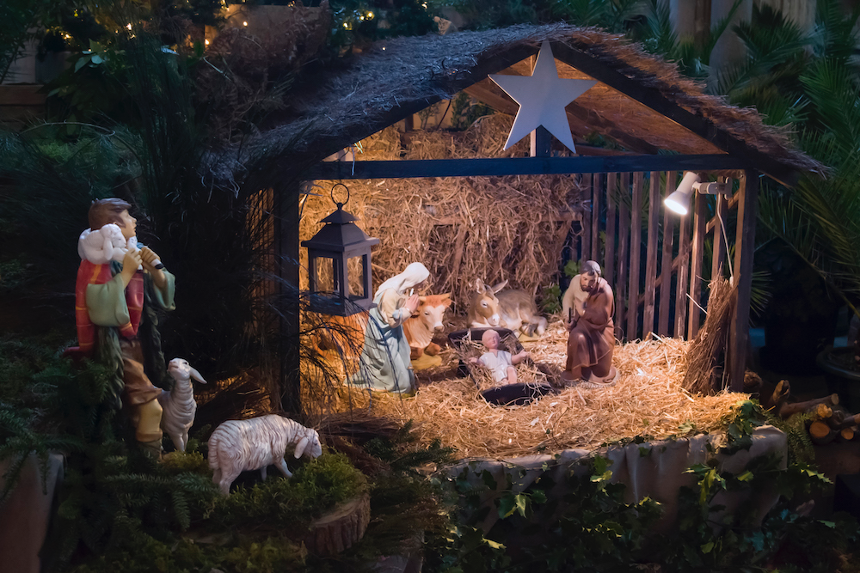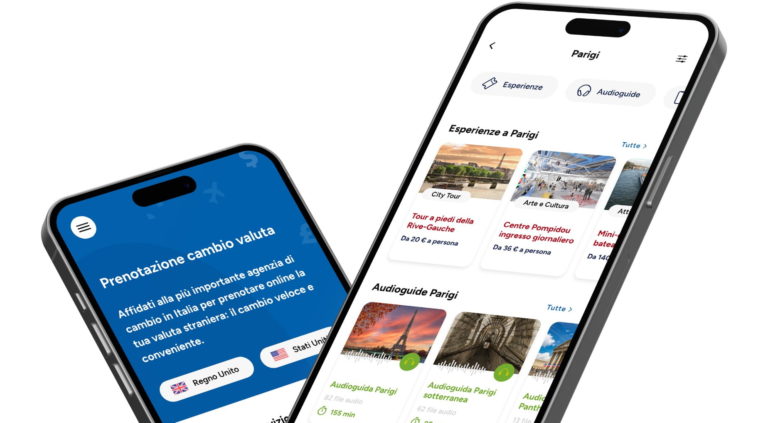No matter what your travel destination and how you are used to travelling, if you want to save money on holiday there are at least 7 basic rules to follow. These are good practices and small tricks that will not impose sacrifices or renunciations on you. They will allow you to have a more authentic, exciting and less predictable travel experience. Let us look at them one by one.
Travel
It goes without saying that the plane tends to be the most expensive means of transport. If possible, avoid it by favouring means that make longer but more exciting journeys, such as train, coach or ship. And if the aeroplane cannot be avoided, there are many other stratagems, first and foremost: choose low-cost companies, plan your departure well in advance, choose the dates with the lowest fares, preferring, where possible, flights with stopovers.
Meals
Saving on food without giving up local specialities? Try to maintain similar habits to those you have at home. Limit your desire to sit down at a restaurant. If the season permits, buy fresh food in shops or markets and choose the most pleasant setting to eat it, in a park, or by a river. If you are staying in a flat, use the kitchen as if it were your own home to prepare and eat your meals. Don’t give up, however, to taste the local dishes. Every country in the world has its own gastronomic traditions and typical places where you can taste them: markets, taverns, inns, but also kiosks and food trucks where you can enjoy excellent and affordable street food.
Accommodation
Even when it comes to accommodation, the choice is wide. You can save money by choosing hostels, nowadays among the most sophisticated and creative accommodation in cities. Don’t worry, you won’t have to settle for a bed in a dormitory, but for an affordable price you can have a comfortable double room with an en-suite bathroom. Another economical option is to rent a room, or an entire house, by booking through an online portal. In any case, you will have a kitchenette for eating meals at home and the advantage of travelling cheaply but with all the comforts.
Free sightseeing, reductions and city passes
In all cities, there are many places to visit and not all of them require the purchase of a ticket. Carefully plan a visit itinerary, alternating free locations and visits to museums, palaces, historical buildings. Take part in events when access is free or discounted. In almost every city in the world there is such an opportunity. This will allow you to reduce your budget considerably. When there is no way to avoid buying a ticket, try to take advantage of discounts, e.g. by setting up a group, or look into buying a city pass or tourist card.
Public transport
Even when it comes to public transport, a lot depends on the destination. If distances allow, walking is the best way to immerse yourself in the journey, get to know where you are, save money and also get some physical activity. Plan smart daily routes that concentrate the most sights on a sustainable walking route, or require you to take a maximum of one ride on public transport. Metro and buses are, with some exceptions, preferable to taxis.
Souvenirs
Bringing home a souvenir of your trip is a must. The important thing is not to overdo it. Avoid anything that you might also find at home and buy souvenirs at markets rather than tourist shops. To save on currency exchange you can use Forexchange services. By booking online with at least 48 hours notice before departure, you will avoid any additional expenses (no commission or agency fees). In addition, you will have the advantage of purchasing foreign currency at the same exchange rate as at the time of booking. Withdrawals can be made conveniently at one of the many Forexchange agencies located in city centres, airports and stations of major tourist destinations.
Photo Credits:
pefertig, Pixabay
